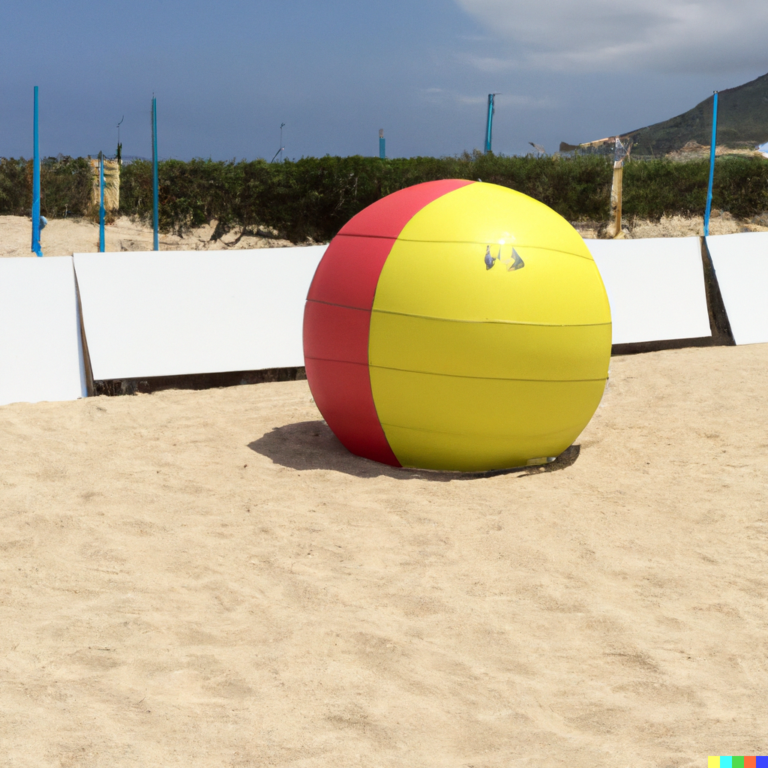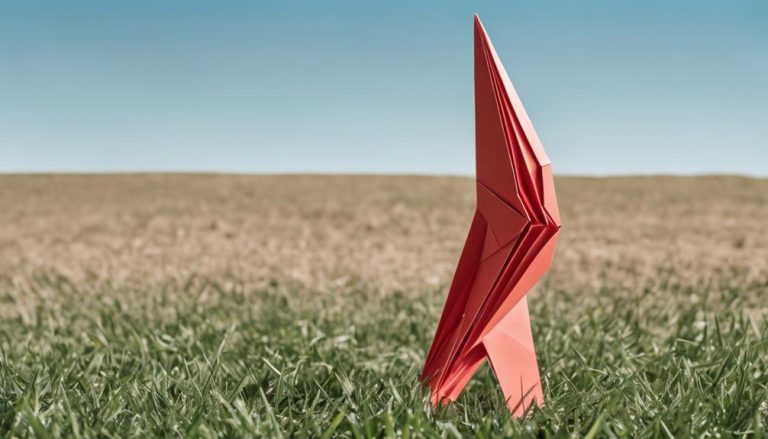General Rules of Skijoring
Did you know that skijoring has been gaining popularity in recent years, with over 5,000 participants in the United States alone? From the necessary equipment to proper communication signals, there are key rules that every skijorer should be aware of to ensure a safe and enjoyable experience for both you and your canine companion. Understanding the general guidelines is crucial for mastering this exhilarating winter sport.
Equipment Requirements
When skijoring, ensuring you have the right equipment is essential for a safe and enjoyable experience. Proper harness fitting is crucial to ensure your dog is comfortable and can pull effectively. The harness should be snug but not too tight, allowing your furry companion to move freely. Additionally, the leash length is important; it should be long enough to prevent your skis from hitting your dog but short enough to maintain control and communication.
Consider your dog's breed and size when selecting equipment. Larger, more energetic breeds like Huskies or Malamutes are often well-suited for skijoring due to their strength and stamina. However, any dog with the right temperament and physical condition can participate. Your experience as a handler also plays a vital role. Novice handlers may benefit from using equipment that offers more control and stability, while experienced handlers can opt for more advanced gear to enhance performance. Remember, the right equipment tailored to your dog's needs and your skill level will make your skijoring adventure a success.
Dog Training
When it comes to skijoring, training your dog is crucial for a successful experience. Teaching your dog the basics and important behavioral commands is essential before hitting the trails. Understanding these points will help ensure a safe and enjoyable skijoring adventure for you and your furry companion.
Training Basics
To effectively train your dog for skijoring, start by establishing a strong foundation in basic commands and obedience. Leash management and body positioning are crucial. Practice walking with your dog on a leash, ensuring they stay by your side and respond to cues promptly. Work on body positioning by teaching your dog to stay in the correct alignment with you. Use timing cues effectively to communicate when to start, stop, turn, and maintain speed. Implement a reward system, offering treats or praise for following commands correctly. Consistency is key; practice regularly in varying environments to reinforce learning. By mastering these basics, you and your dog will be well-prepared for skijoring adventures together.
Behavioral Commands
Mastering behavioral commands is essential for successful dog training in skijoring adventures. To ensure a harmonious skijoring experience, remember these key points:
- Positive Reinforcement: Reward your furry companion with treats, praise, or playtime when they follow commands correctly. This encourages good behavior and strengthens the bond between you.
- Consistent Communication: Use clear, concise cues consistently to help your dog understand what you expect. Consistency is key in reinforcing behaviors and preventing confusion.
- Practice Patience: Skijoring requires teamwork, so be patient and understanding as your dog learns. Celebrate small victories and progress, keeping the training sessions fun and engaging for both of you.
Trail Selection
When choosing trails for skijoring, consider the terrain's suitability for both you and your dog, the current trail conditions, and important safety considerations. Ensuring that the terrain matches your skill level and your dog's abilities is crucial for an enjoyable experience. Additionally, always prioritize safety by checking for any potential hazards along the trail.
Terrain Suitability
Choosing the right trail for skijoring is essential to ensure a safe and enjoyable experience for both you and your furry companion. When selecting a trail, consider the following:
- Weather conditions and trail difficulty: Opt for trails that match your skill level and are suitable for the current weather conditions to ensure a smooth ride.
- Dog fitness and footwear options: Ensure your dog is in good physical condition before embarking on a skijoring adventure. Additionally, invest in proper footwear for your dog to prevent injuries and provide traction on varying terrains.
- Terrain features: Look for trails with a mix of flat sections and gentle slopes to accommodate both skiing and your dog's pulling abilities effectively.
Trail Conditions
To ensure a successful skijoring experience, evaluating trail conditions is crucial for both your safety and your dog's enjoyment. Before hitting the trails, consider the weather conditions to ensure you and your furry companion are prepared. Proper equipment maintenance is essential to prevent any unexpected issues along the way. Opt for trails that have been groomed for skijoring, as this will provide a smoother and more enjoyable ride. Keep an eye out for trail obstacles such as fallen branches or rocks that could pose a danger. By selecting trails with good grooming and minimal obstacles, you'll create a safer and more pleasurable experience for you and your dog.
Safety Considerations
Considering your safety and your dog's well-being, the trail selection plays a crucial role in ensuring a smooth and enjoyable skijoring experience. To make the most of your adventure, here are some key points to keep in mind:
- Emergency Preparedness: Always carry essential items such as a first aid kit, extra food, water, and a map of the trail in case of emergencies.
- Injury Prevention: Ensure your equipment is well-maintained to prevent accidents and injuries to both you and your dog.
- Trail Signage: Pay attention to trail signs indicating difficulty levels and hazards to choose a route that matches your skill level and keeps you both safe on the journey.
Speed Control
Maintaining a steady pace while skijoring requires finesse and coordination between you and your four-legged companion. Speed management is crucial for both your safety and your dog's well-being. To achieve this, focus on training consistency and endurance building. Start by gradually increasing speed during training sessions to help your dog build stamina and adapt to different paces. Ensuring your dog is physically prepared for faster speeds is essential to prevent injuries and exhaustion.
Here is a table highlighting key tips for speed control in skijoring:
| Speed Control Tips | Description |
|---|---|
| Gradual Acceleration | Start slow and gradually increase speed. |
| Efficient Communication | Use clear signals to indicate speed changes. |
| Utilize Braking Techniques | Learn proper braking methods for control. |
| Monitor Your Dog's Energy | Be attentive to your dog's fatigue levels. |
| Practice Speed Variations | Train at different speeds to improve control. |
Proper Technique
As you focus on mastering the speed control aspect of skijoring, honing proper technique becomes vital for a seamless and enjoyable experience on the snow-covered trails. To help you improve your skijoring technique, here are some essential tips and tricks:
- Proper Form: Maintaining the correct posture while skijoring is crucial. Keep your knees slightly bent, your back straight, and your weight evenly distributed between both skis. This form not only enhances your performance but also reduces the risk of fatigue and injury.
- Training Tips: Practice makes perfect. Dedicate time to training regularly, focusing on different aspects such as turns, stops, and starts. Additionally, consider taking lessons from experienced skijorers to refine your skills further.
- Tricks for Success: Use your arms to help steer and maintain balance. Engage your core muscles to stabilize your body and improve control. Remember to communicate effectively with your furry companion to coordinate movements smoothly.
Safety Precautions
To ensure a safe and enjoyable skijoring experience, it is important to be mindful of key safety precautions that will help protect both you and your canine companion on the trails. Emergency response readiness is crucial when engaging in skijoring. Always carry a basic first aid kit and know how to use it in case of minor injuries. Be aware of your location and have a plan in case of emergencies.
Injury prevention is paramount in skijoring. Ensure that both you and your dog are physically prepared for the activity. Warm-up before hitting the trails to prevent muscle strains or pulls. Invest in proper gear such as well-fitted harnesses and sturdy skis to avoid accidents. Regularly check your equipment for any signs of wear and tear to prevent malfunctions during your skijoring sessions.
Communication Signals
Effective communication signals are essential for successful coordination between you and your canine partner during skijoring sessions. To ensure smooth communication, pay close attention to both your body language and vocal cues. Here are three key points to consider:
- Body Language: Your body movements play a crucial role in conveying messages to your dog while skijoring. Maintain an upright posture when you want to go straight and lean gently to either side to signal turns. Use subtle shifts in weight distribution to indicate changes in speed or upcoming maneuvers.
- Vocal Cues: Verbal cues can also aid in communicating with your furry companion. Develop a set of clear and consistent commands for actions like starting, stopping, turning, and speeding up or slowing down. Keep your voice calm and assertive to convey confidence and direction effectively.
- Consistency is Key: Consistency in your signals is vital for your dog to understand and respond appropriately. Practice regularly with the same signals to reinforce your communication and strengthen the bond between you and your four-legged teammate.
Weather Considerations
Considering the impact of weather conditions is crucial before embarking on a skijoring adventure with your canine companion. Dressing appropriately is key. Make sure to layer your clothing to stay warm and dry; this includes moisture-wicking base layers and a waterproof outer shell. Keep in mind the wind chill factor – even a moderate breeze can make the cold feel more intense. Check the snow depth before heading out; deep snow can be challenging for both you and your furry friend. Ensure good visibility by wearing goggles to protect your eyes from snow and wind. In case of low visibility due to snowfall or fog, use bright clothing and a headlamp for safety. Remember, your dog's well-being is as important as yours, so consider equipping them with a dog jacket if needed. By preparing for various weather conditions, you'll set yourselves up for a successful and enjoyable skijoring experience.
Etiquette on Trails
When hitting the trails for skijoring, it's essential to be mindful of your behavior and safety considerations. Proper trail etiquette ensures a smooth and enjoyable experience for everyone involved. Let's go over some key points to keep in mind while out on the trails.
Trail Behavior
Navigating trails while skijoring requires attentiveness to trail etiquette for the safety and enjoyment of all involved. Here are some tips to ensure proper behavior while out on the trails:
- Stay to the Right: Just like driving, stick to the right side of the trail to allow others to pass safely.
- Communicate: Use clear signals and verbal cues to alert others when passing or stopping to prevent accidents.
- Clean Up After Your Dog: If skijoring with a furry friend, always clean up after them to maintain the cleanliness of the trails and respect other trail users.
Safety Considerations
To ensure a safe and enjoyable experience on the trails while skijoring, it is essential to adhere to proper safety etiquette. Injury prevention should be a top priority, so ensure your gear is well-maintained before hitting the trails. Regularly inspect your skis, harnesses, and any other equipment for any signs of wear and tear. In case of emergencies, having basic first aid training is crucial. Be prepared to respond promptly to any accidents or injuries that may occur while skijoring. Knowing how to handle situations quickly and effectively can make a significant difference in the outcome of an incident. By prioritizing safety, maintaining your gear, and being prepared for emergencies, you can enjoy a worry-free skijoring experience on the trails.
Emergency Procedures
In the event of an emergency during skijoring, swift action and clear communication are crucial for ensuring the safety of both you and your partner. Here are some essential tips to help you handle emergencies effectively:
- First Aid Kit: Always carry a well-stocked first aid kit with you when skijoring. It should include items like bandages, antiseptic wipes, pain relievers, and any necessary medications for both you and your furry companion.
- Emergency Response Plan: Before hitting the trails, establish a clear emergency response plan with your partner. Determine what actions to take in case of injuries or accidents, such as who will call for help and how to signal for assistance.
- Communication: In the event of an emergency, stay calm and communicate clearly with your partner. Use agreed-upon signals or commands to convey the seriousness of the situation and coordinate your actions effectively.
Frequently Asked Questions
Can Any Breed of Dog Participate in Skijoring, or Are There Specific Breeds That Are Better Suited for the Sport?
Any breed of dog can participate in skijoring, though some are better suited due to size and energy levels. Proper training is key for safety and success. Equip yourself with the right gear and enjoy this thrilling sport!
Are There Any Age Restrictions for Dogs Participating in Skijoring?
When considering age restrictions for skijoring dogs, remember that it's crucial to prioritize your furry companion's well-being. Different breeds have unique capabilities, so choose wisely based on your dog's fitness level and endurance.
How Should Skiers Prepare Themselves Physically for Skijoring to Prevent Injury?
To prevent injury while skijoring, start with preventive exercises like core strengthening and agility drills. Invest in proper gear such as a well-fitted harness and sturdy skis. Stay safe and have a blast on the trails!
Is There a Recommended Skill Level for Skiers Before Attempting Skijoring?
Before trying skijoring, your skiing experience should be intermediate at least. Necessary skills include proficient skiing and basic handling of dogs. Safety precautions like a helmet and proper gear are vital for this exhilarating adventure.
Are There Any Specific Rules or Regulations Regarding Skijoring Competitions?
In Skijoring competitions, specific rules govern the races to ensure safety and fair play. Guidelines cover leash length, passing etiquette, and required gear. Understanding these rules beforehand will help you enjoy the event and compete confidently.






